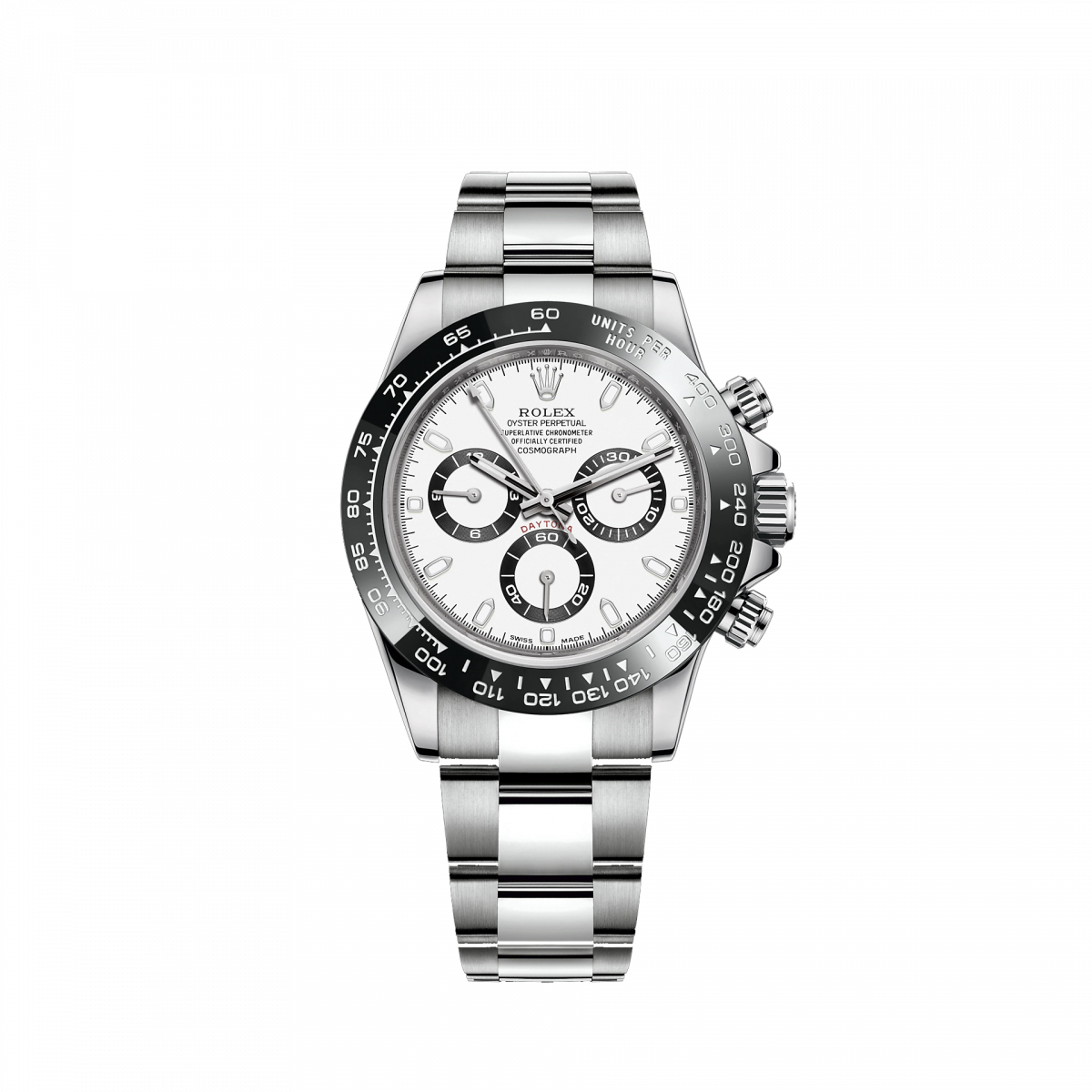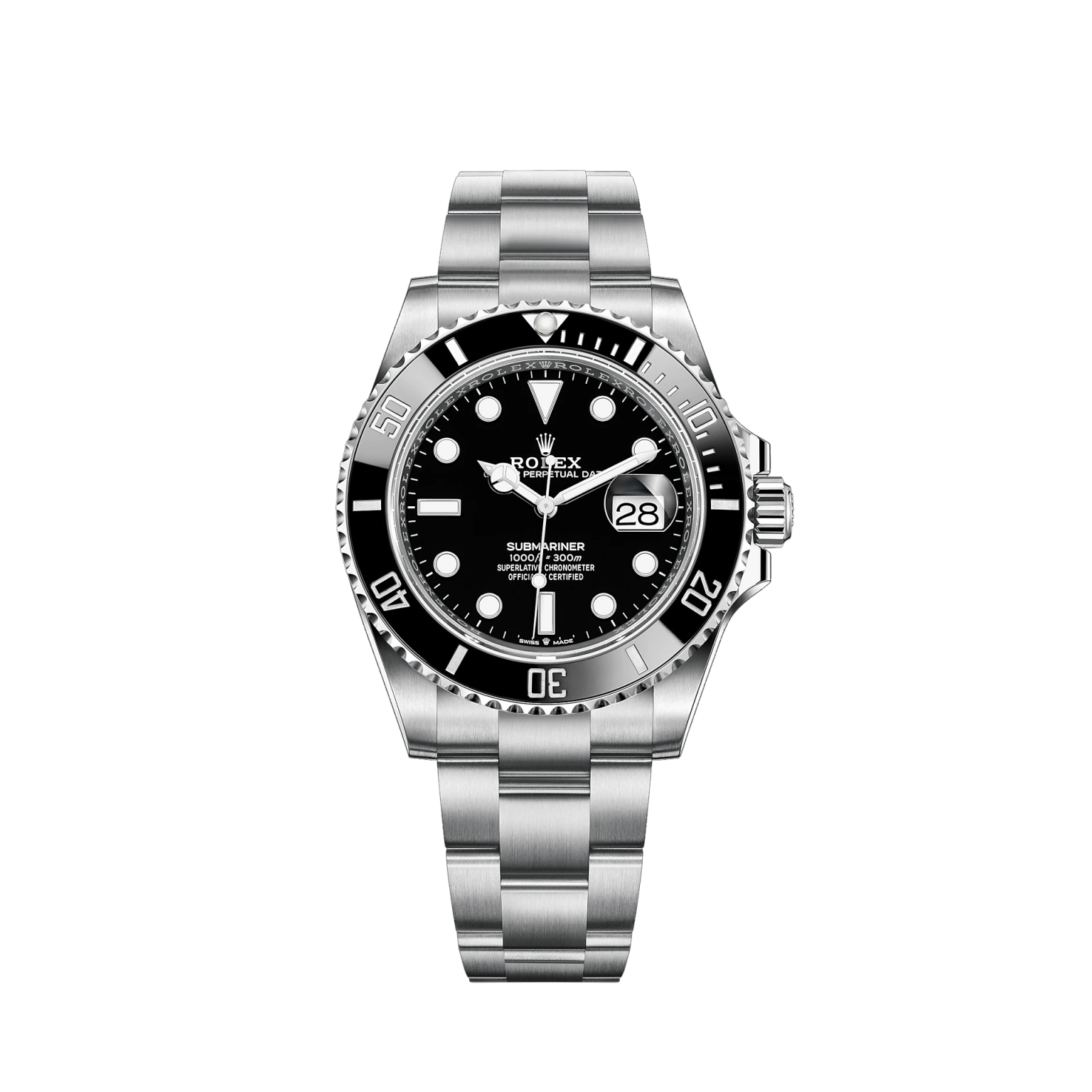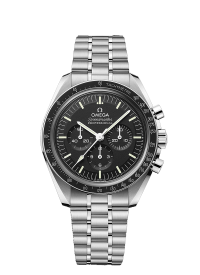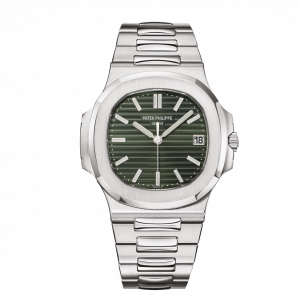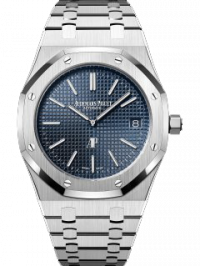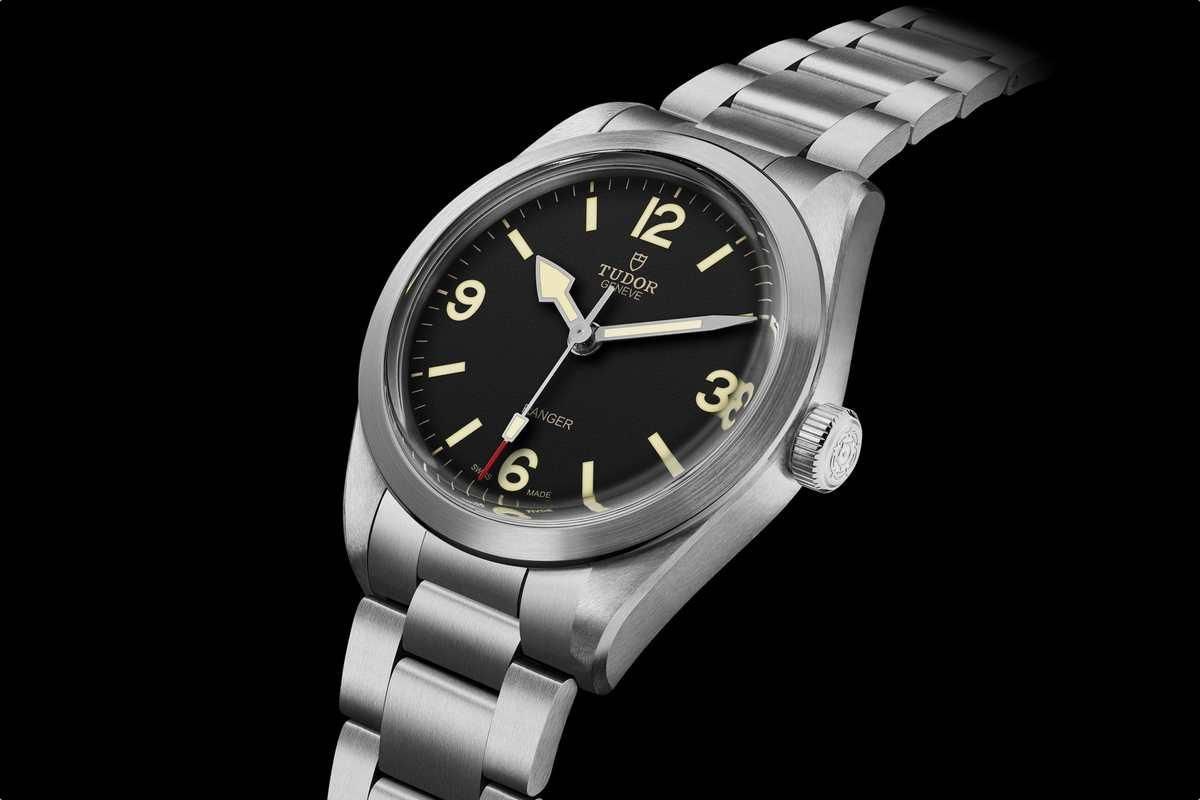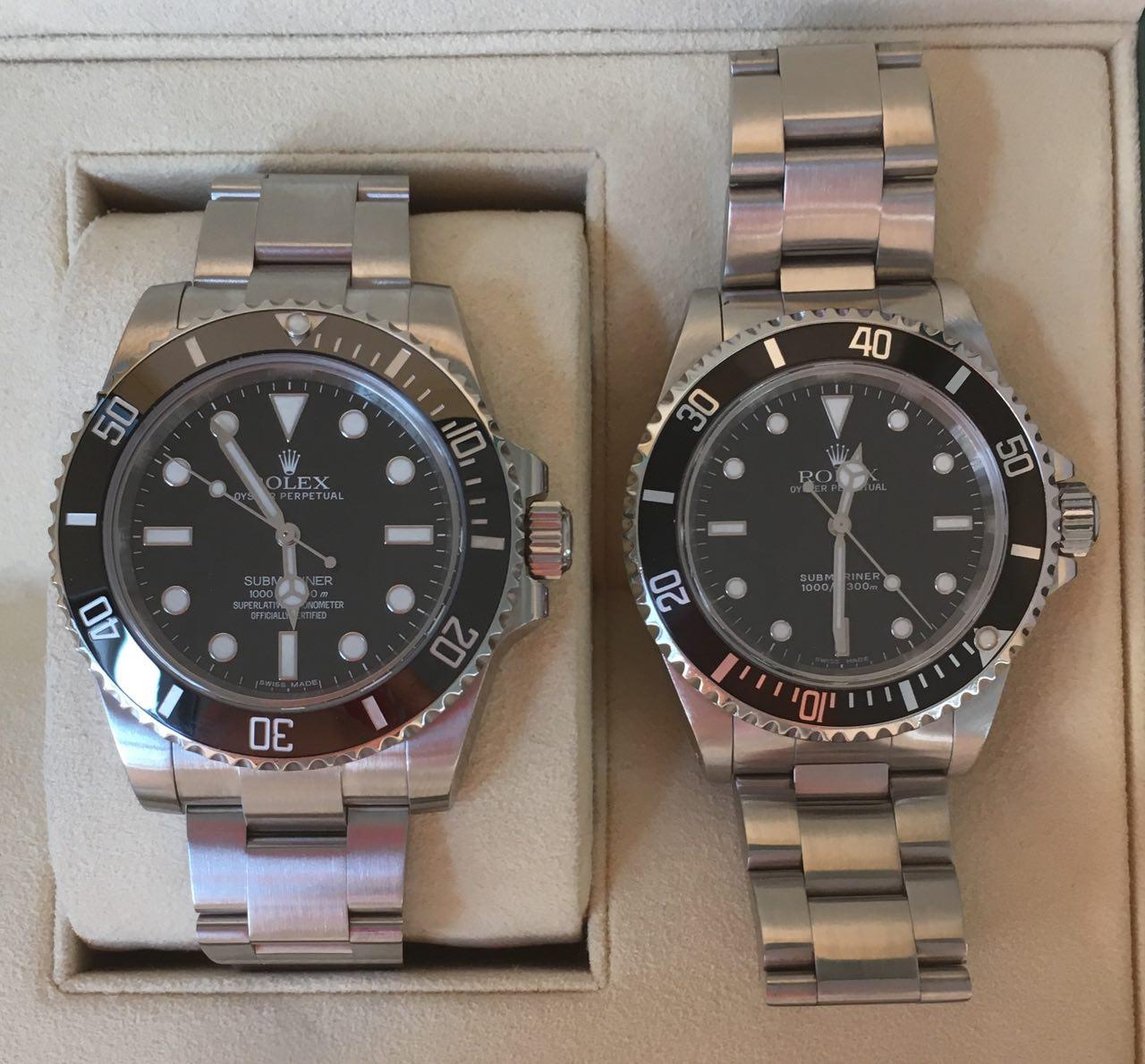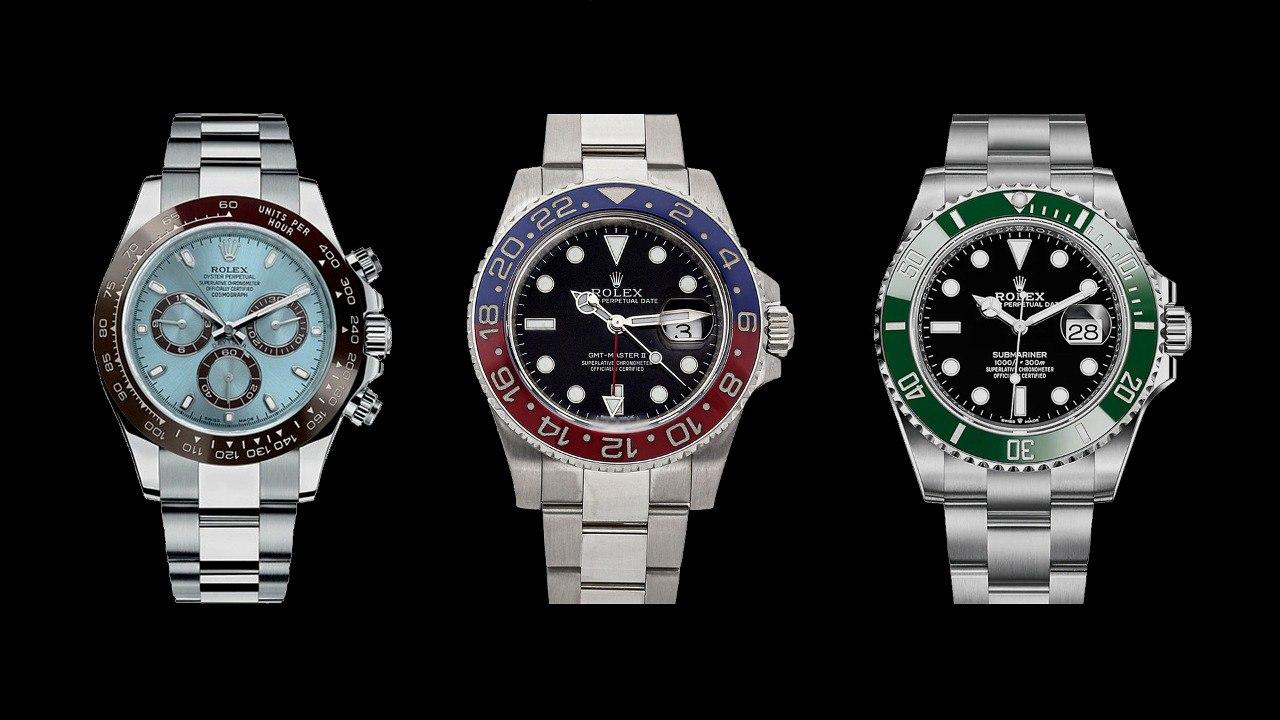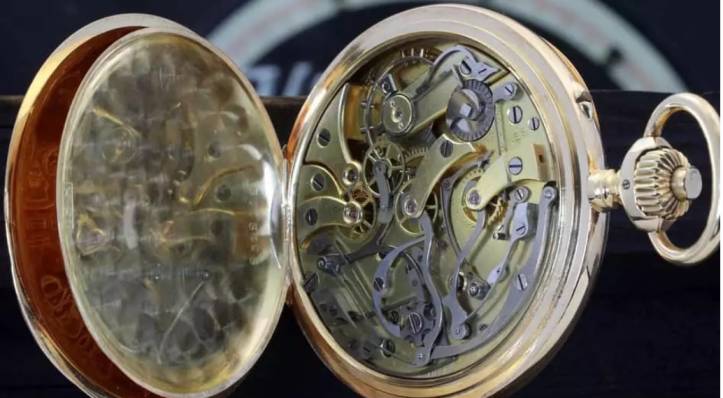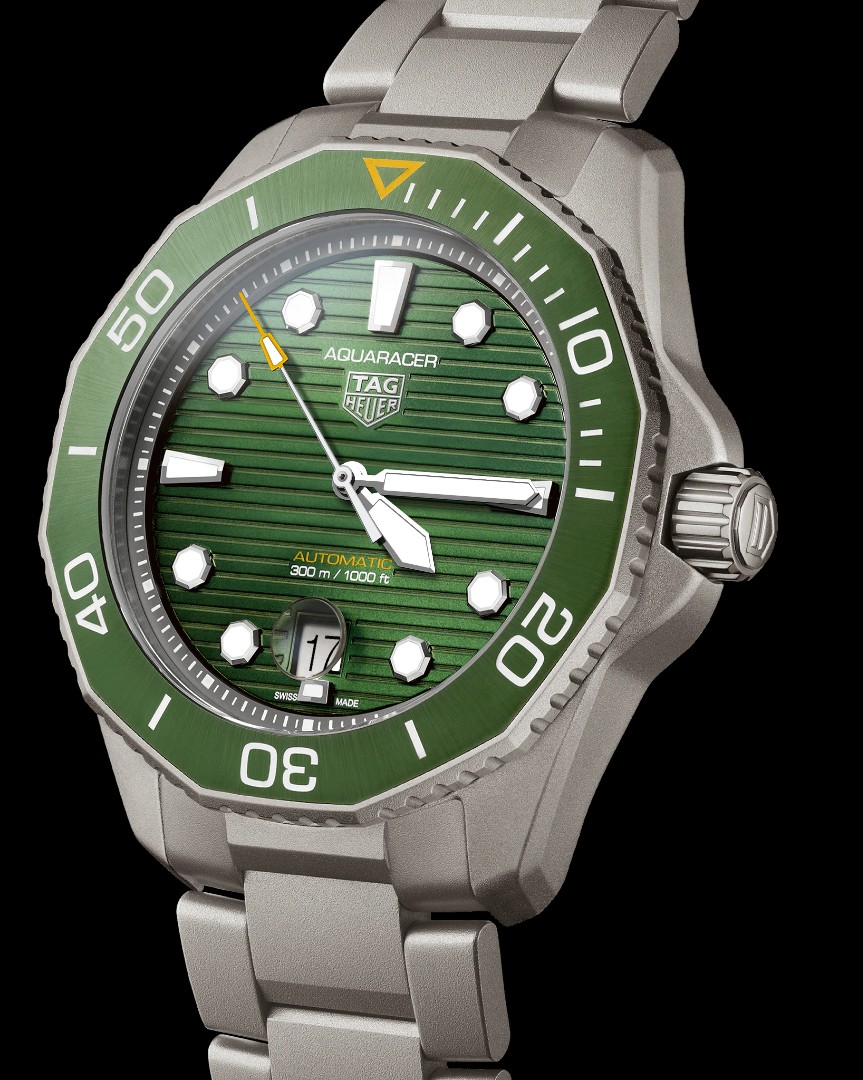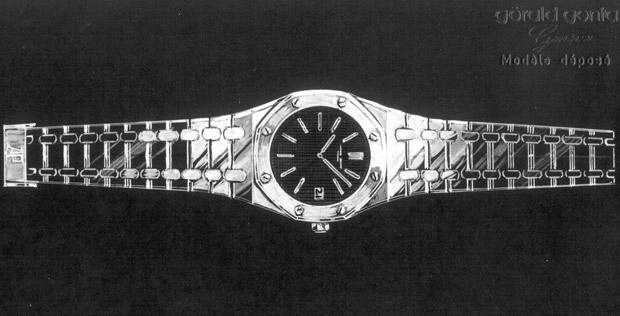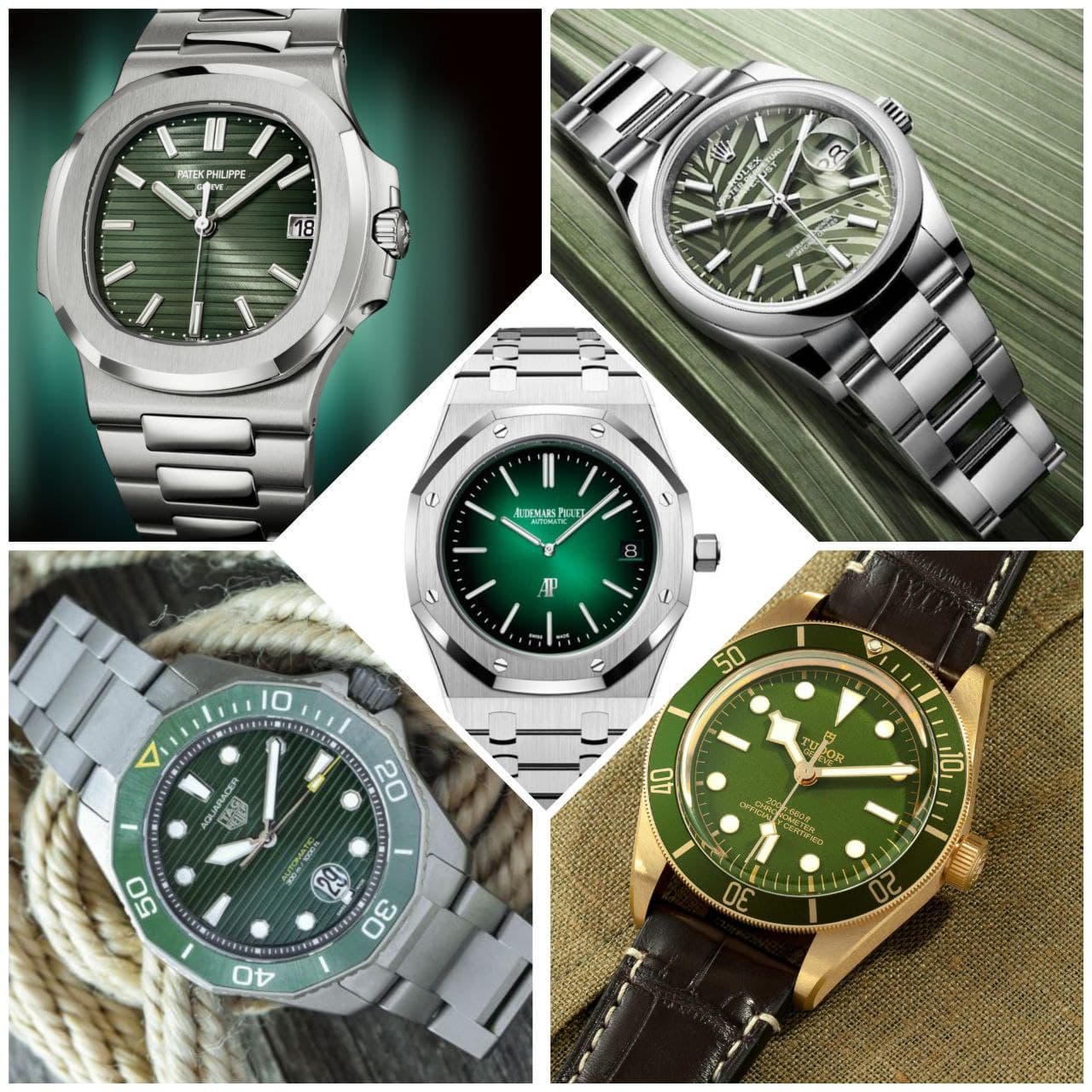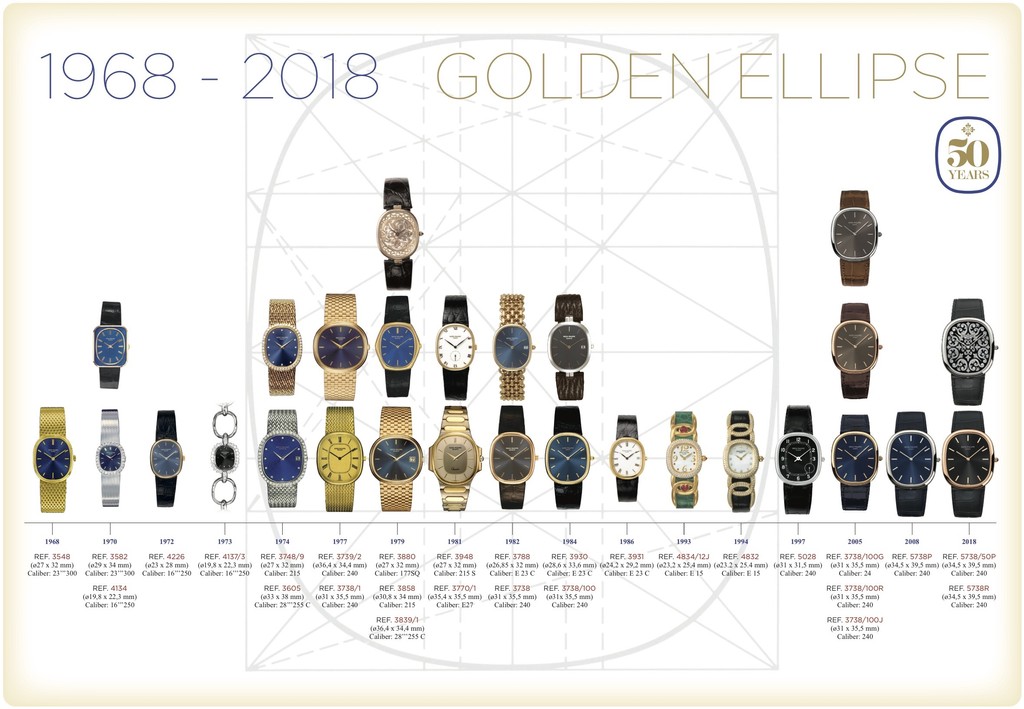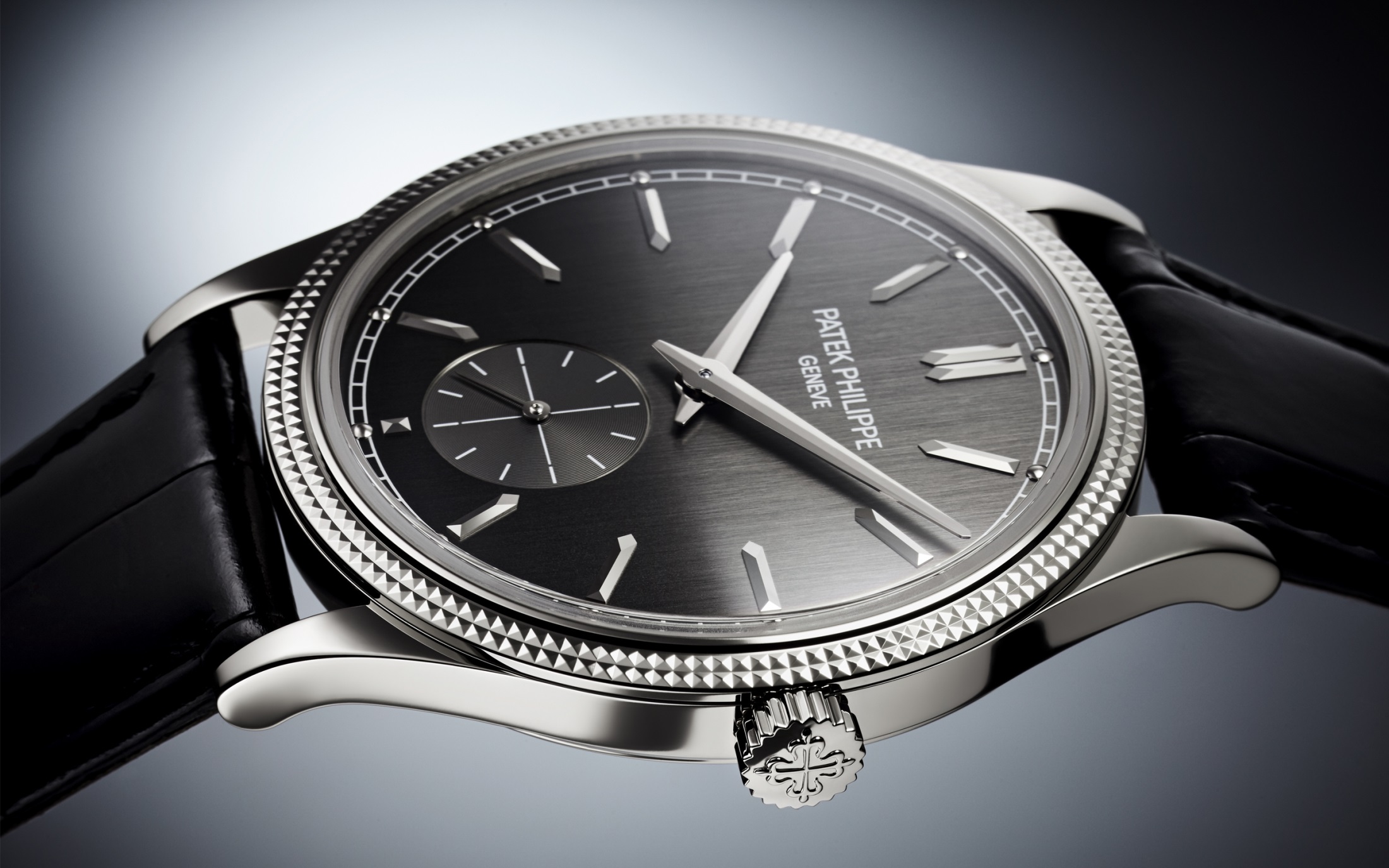Dr. N.
The so-called "turning" of the dials vintage it is one of the features most sought after by collectors. This is a color change of indexes and spheres due to chemical processes that occur very slowly in the components of luminescent paints.
Why do luminescent paints turn? What do they contain? What is the difference between radium, tritium and Luminova paints? Are old watches still radioactive? If yes, how much?
The answer to these and other questions follows in the article.
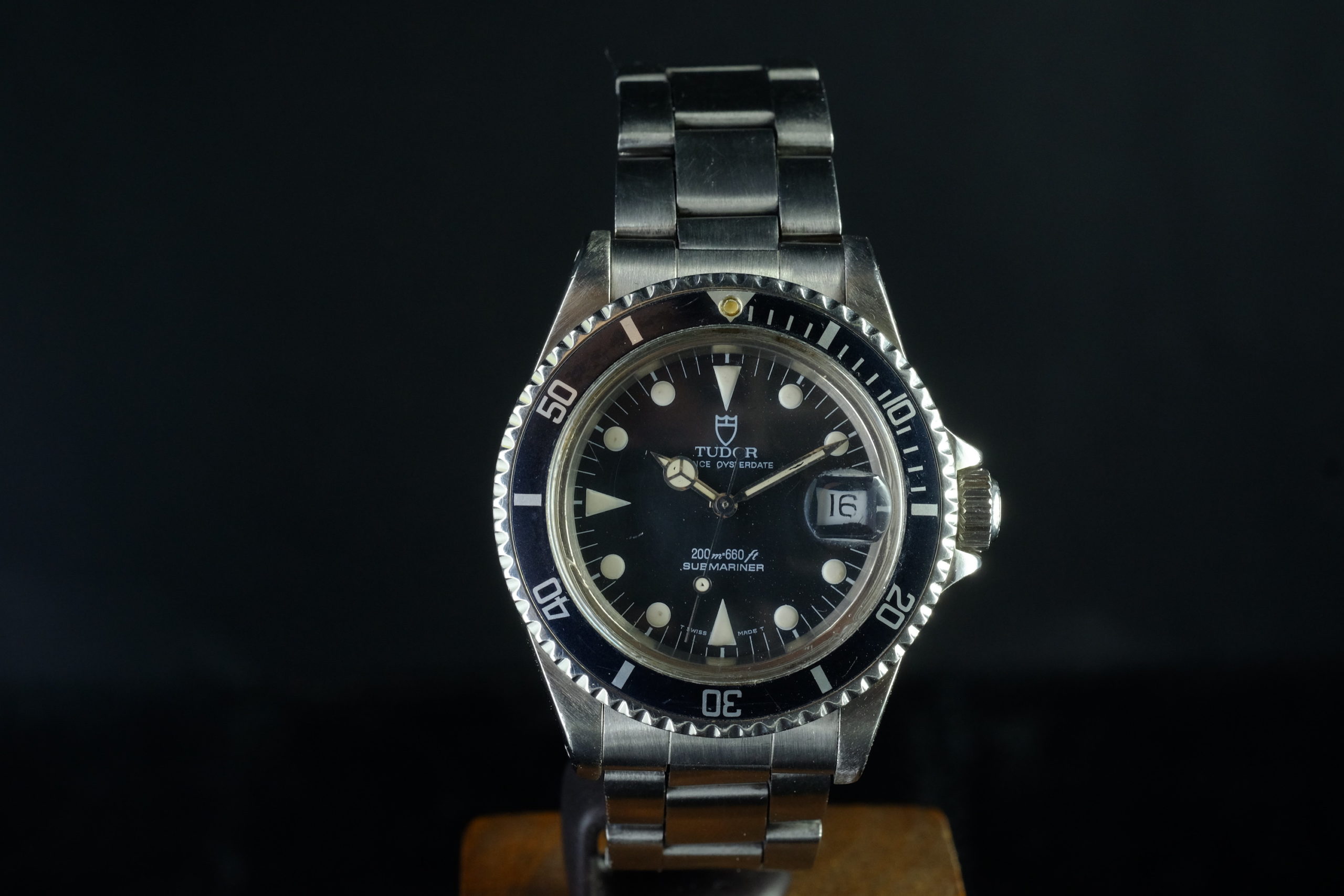
A Vintage Tudor Submariner. Note the “T” at 6 o'clock, indicating the use of tritium
The luminescence
We can divide the types of luminescence into two large categories:
- Self-produced luminescence
- Induced luminescence
Self-produced luminescence was, for much of the twentieth century, the preferred choice of manufacturers. The advantage of this solution is that the clock it does not need to be exposed to light to “charge” the luminescence. The light emission is determined by the interaction between the two components of the luminescent paste: theIsotope and Scintillator. The Isotope is a radioactive material which, when decaying, emits energy in the form of radiation - in reality tritium emits beta particles which, passing through matter, slow down and emit X-ray radiation: but I would not like to make the informative aspect of the article too heavy - . The Scintillator receives the radiant energy from the Isotope and converts it into visible light emission.
The distinction between Isotope and Scintillator is of great importance, as we will see later.
Luminous paste for watches with self-produced luminescence has been supplanted by induced luminescence paste for about thirty years. The reason for this substitution is to be found in the growing hostility on the part of the public towards radioactive products in general. Induced luminescence paint does not contain an independent source of energy: it needs to receive a "charge" from the outside, in the form of normal daylight. This initial charge then gradually wanes as it transforms into released luminescence. The phenomenon, also called phosphorescence, lasts a maximum of five or six hours. The clock, therefore, is unable to show the time for the entire duration of the night.
Why do vintage watches turn yellow?
The luminescent dye in vintage watches tends to change color over time, turning to intense yellow or ocher. This phenomenon, which many wrongly attribute to a supposed "aging of tritium", it has nothing to do with the Isotope, about which see. as illustrated above. The component which, due to the action of UV rays present in sunlight, humidity, or radioactivity itself, deteriorates and changes colour, is the Scintillator. Not the Isotope.
Granted, it is the Scintillator, not the Isotope, that deteriorates and turns. So?
So it is good to clarify a false myth surrounding vintage watches with radioactive paint. The absence of residual brightness it is not in itself an indication of the cessation of radioactivity. Indeed, it is very probable that the Isotope continues to emit radiation, but that the Scintillator, now degraded - and, the collector hopes, changed in color - is no longer capable of converting this energy into light radiation. Therefore, it is advisable to always consider any vintage watch radioactive until proven otherwise, out of prudence.
What risks do you run with the radioactivity of vintage watches?
Here it is necessary to make a distinction between watches made up until the XNUMXs and watches made after the XNUMXs.
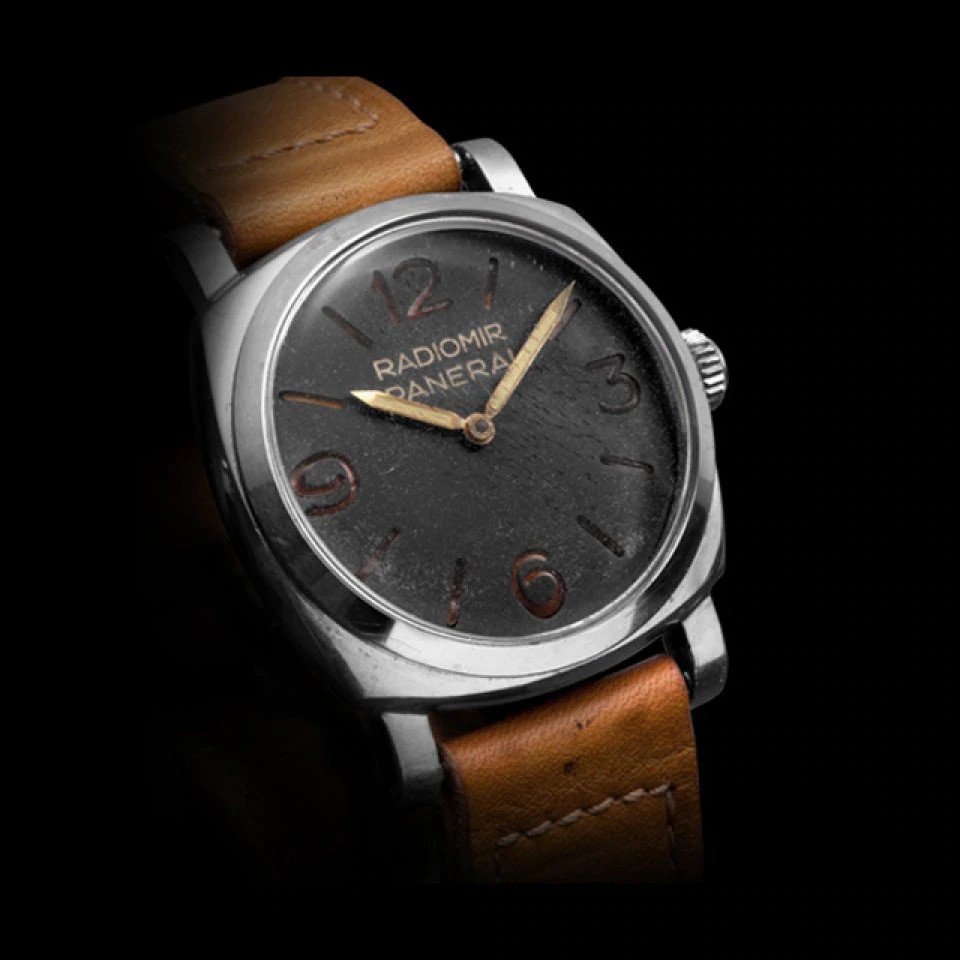
A 40s Panerai Radiomir with radium paint
The former, like i Panerai Radiomir supplied to the Royal Italian Navy until the Second World War, they have radium as their isotope. Radium is a highly radioactive chemical element with a half-life - the time necessary for the radioactive emission of a given quantity of the material to halve - of sixteen hundred years. Not for nothing, some of those watches are still luminous. This type of luminescent paste emits, as mentioned, very strong, potentially harmful radiation and must be treated with care. To give an idea of the harmful potential of the substance, we will say that in the XNUMXs, the so-called Radium Girls, the Radium Girls, who worked in close contact with the substance - they licked the brushes with which they applied the paint to make them sharper - contracted serious diseases. Many of them died. The lawsuit brought by the survivors against the manufacturing company saw the right of workers who contract occupational diseases to request compensation from the company established for the first time.
Obviously the Radium Girls they were exposed to amounts of radium that no watch owner experiences simply by wearing it on their wrist. However, watches with luminescent radium paste remain dangerous: just think that the Panerai Radiomir watches from the XNUMXs required "remediation" before they could be exhibited at the manufacturer's museum in Florence.
The situation is different for the models produced since then since the sixties. Watches with tritium luminescent paste are intrinsically safer, as tritium, compared to radium, is much less radioactive, and decays in about ten years. Many collectors know that watches Rolex produced between the XNUMXs and XNUMXs have the words "" on the dial T<25“, which stands for “Tritium, emissions lower than 25 milliCurie”, a value that Swiss law in 1962 establishes as safe for human beings.
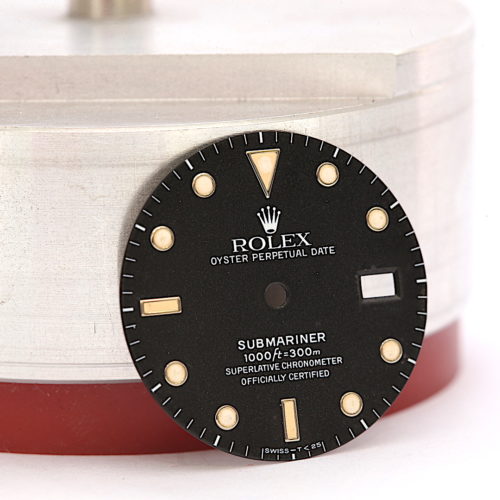
Even today, some watches safely use tritium as an isotope, enclosing it in gaseous form inside small glass tubes. In this case, the Scintillator is deposited on the internal surface of the tube. Even in the very implausible case of the tubes breaking and inhaling all the tritium gas contained, there would be no damage, given the modest quantity of isotope and its low harmful potential.
We can therefore say, in summary: be careful with radium, but tritium does not present significant risks.
Conclusions
The transition from tritium luminescent paste to induced luminescence paste such as Luminova, which occurred in the XNUMXs, was probably dictated more by the emotional wave following the Chernobyl events than by considerations of real danger. Unlike radium watches, tritium watches do not pose any major risks.
We also discovered how and why vintage watches "change" in color, and how the change is not linked to radioactivity, but to the substance used as a Scintillator.
If you liked this article, say so in the comments, subscribe to the Chronosect Newsletter (at the bottom of the home page) and read our Shops!
Disclaimer: what is reported in the article is not to be considered medical advice in any way. We decline any responsibility for damage to things or people that may result from exposure to radioactive material.


